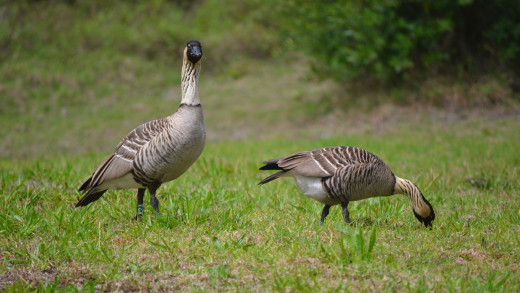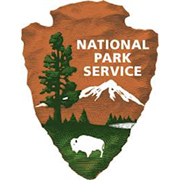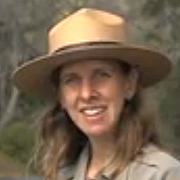HAWAII VOLCANOES NATIONAL PARK, Hawaii – Now through April is vital to the survival of the nēnē, reports the National Park Service, which says the seasonal breeding and nesting time for Hawaii’s endemic goose is underway.
According to National Park officials:

NPS Photo/Charlotte Forbes-Perry | A 3-year-old female nēnē focuses on fattening up for nesting season, while her mate stands guard.
Kathleen Misajon, Nēnē Recovery Project manager, was quoted in the media release:
To report nēnē on the road in the park, call 808-985-6001. Outside the park, call 808-974-4221.



by Big Island Video News5:13 pm
on at
STORY SUMMARY
HAWAII VOLCANOES NATIONAL PARK, Hawaii – Now through April is vital to the survival of the nēnē, reports the National Park Service, which says the seasonal breeding and nesting time for Hawaii’s endemic goose is underway. According to National Park officials: NPS, 11/18/13 “Visitors to Hawai‘i Volcanoes National Park now through April could get lucky and […]